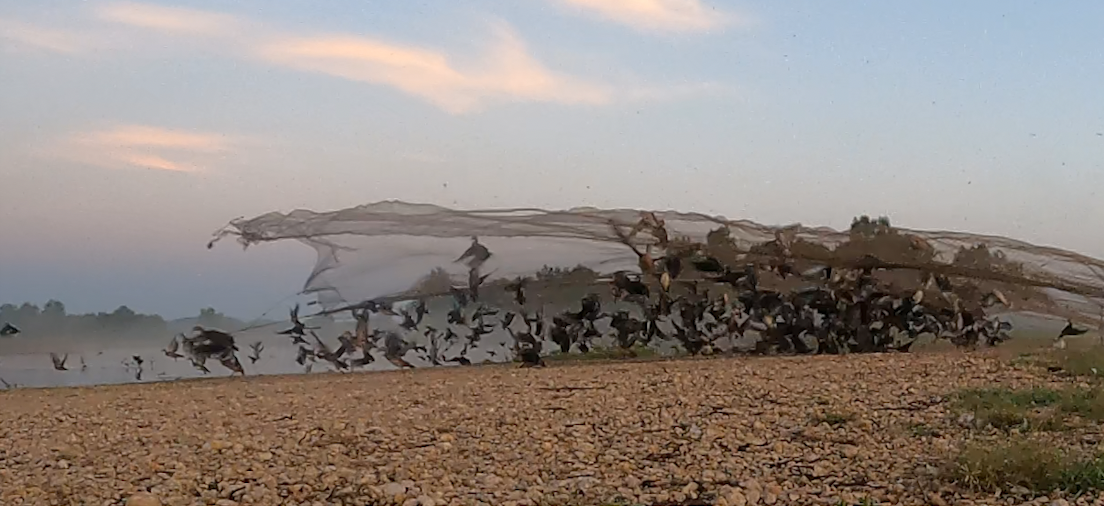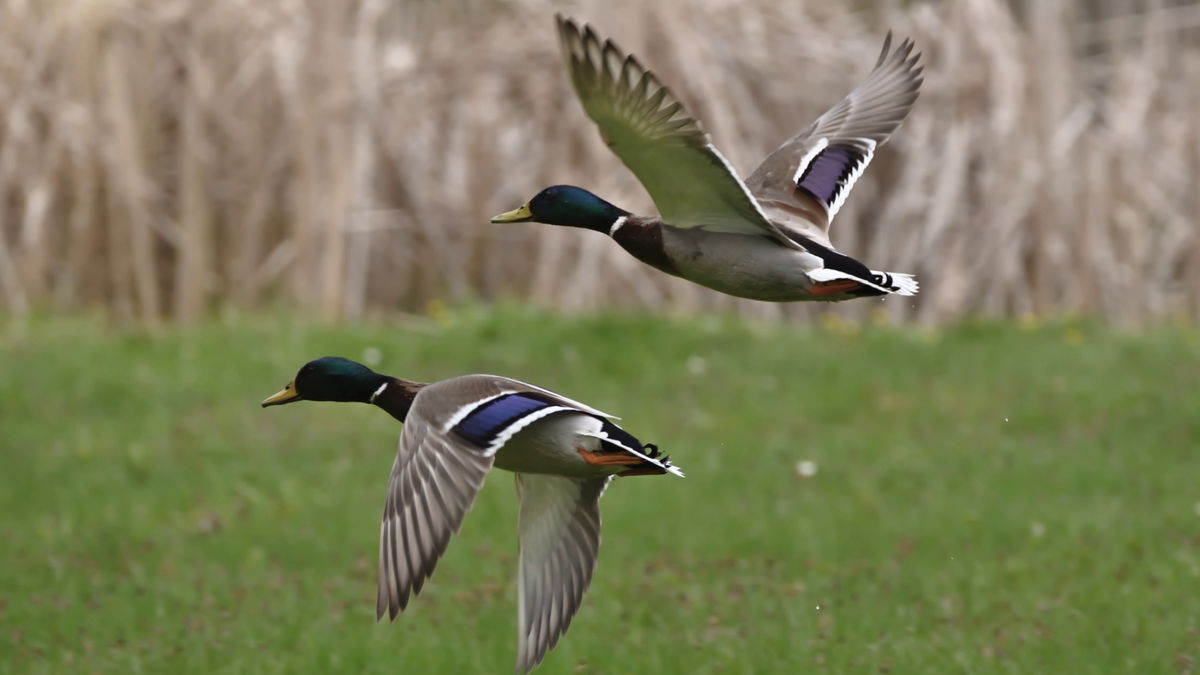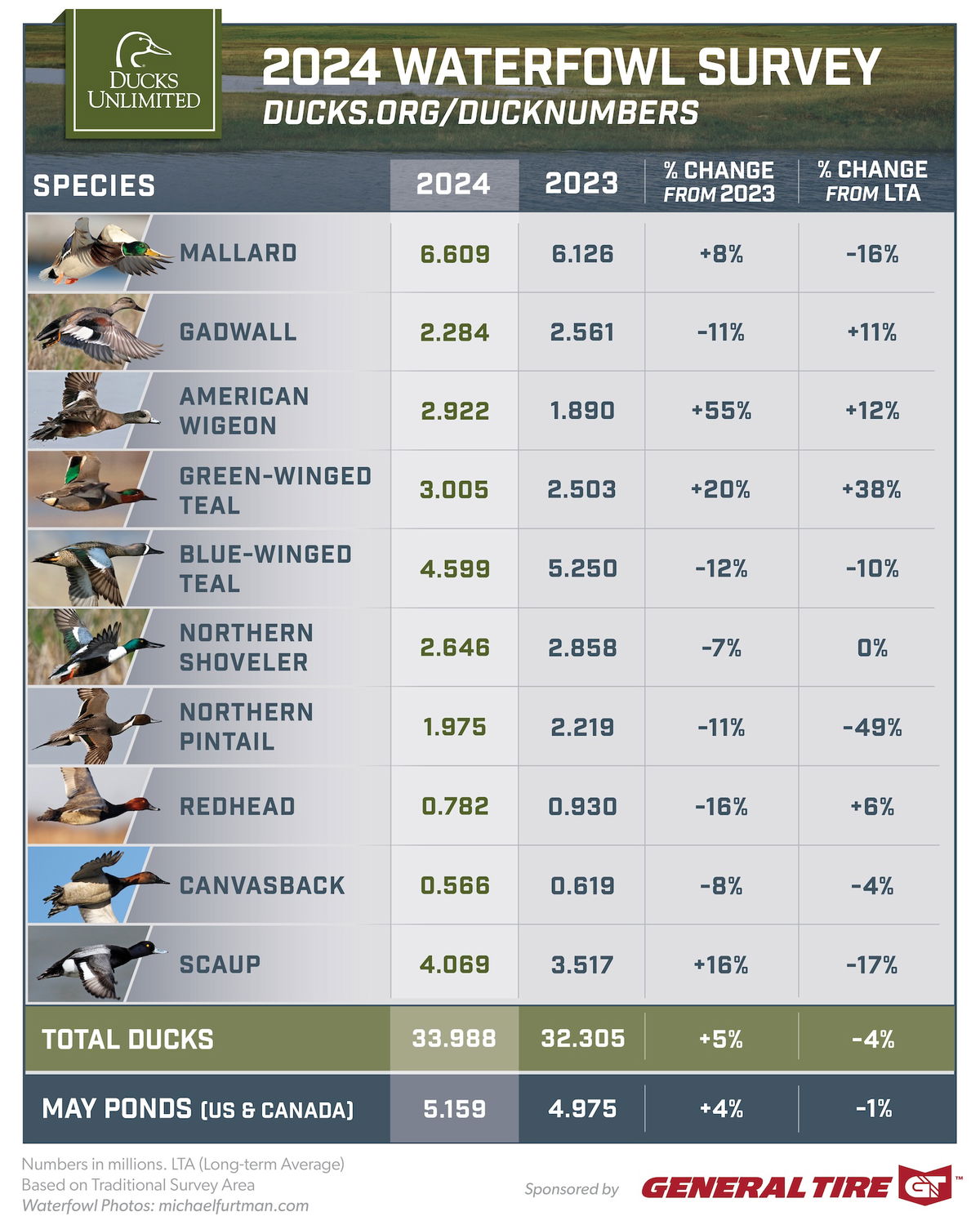Insider Outdoors: How weather drives duck migration
The average high temperatures are beginning to finally slowly cool, and we continue to see shorter periods of daylight heading into fall. With all of this happening, we inch closer to the upcoming fall and winter duck migration where ducks hunters and watchers get excited to get out to their nearest marshes.

Ted Shanks Conservation area located in Northeastern Missouri partakes in a wood duck capturing program that uses baiting practices beginning in July to lure in local wood duck populations to become familiar with an area. Eventually, twice a week in August rocket propelled nets are activated remotely to capture as many wood ducks as each net can hold.
ABC 17 News crew member Chance Gotsch and Jerunek Morris were on hand during one of these rocket launches during the early morning hours last Friday where 210 wood ducks were captured.

These wood ducks were then processed with metal rings known as bands and recorded with the wood ducks sex, age, and location of banding. This effort is part of a national effort to track duck migration patterns as they migrate from their breeding grounds to their wintering areas.
When a hunter harvests a duck or someone finds a dead banded duck, they can then call in or report the band number to www.reportband.gov. This will then allow for the person who reports the bird to understand parts of its life, and allow the U.S. Fish and Wildlife Service to track the reported finding. This helps conservationist and scientist better gear their practices to increasing and furthering population health for these waterfowl.

Weather plays a major role in duck migration each year during the fall and winter months. The migration starts due to the shortening of daylight hours heading towards the fall months. Eventually, the cooling of temperatures across North America will force duck species to travel south. Each species can travel at different times based off of temperatures, snow pack, and ice depth over wetlands.
Large concentrations of ducks usually stick along and just south of a freezing line. This is a line in the atmosphere that host below freezing temperatures along and north of the location. After conditions become too cold and harsh, ducks then migrate south in better efforts to find more accessible food options.
Weather can also play an important factor in eating habits. Depending on the temperatures and approaching major fronts, ducks may switch their diet to find foods that carry higher energy returns such as corn.

Each August, the U.S. Fish and Wildlife Services posts duck population surveys highlighting overall and individual species observations to keep a close eye on changing duck populations.
Dr. Mike Brasher is a Senior Biologist and host of the the Ducks Unlimited podcast who focuses on topics dealing with waterfowl and breaks down one of the key points seen in this years survey released just yesterday, "The big take home from this year's report is that for the first time in about eight or nine years, we actually saw an increase in the total duck breeding population size up 5% from last year to about 34 million breeding ducks in what we call the traditional survey area." This positive increase in the overall duck population survey comes as good news after drought across traditional breeding areas the last several years has caused declining numbers.
Too find out more in depth information on these number and what they mean, you can go to https://www.ducks.org/conservation/waterfowl-surveys/2024-duck-numbers#:~:text=2024%20marks%20the%20first%20documented,and%20wigeon%20numbers%20by%2055%25.
